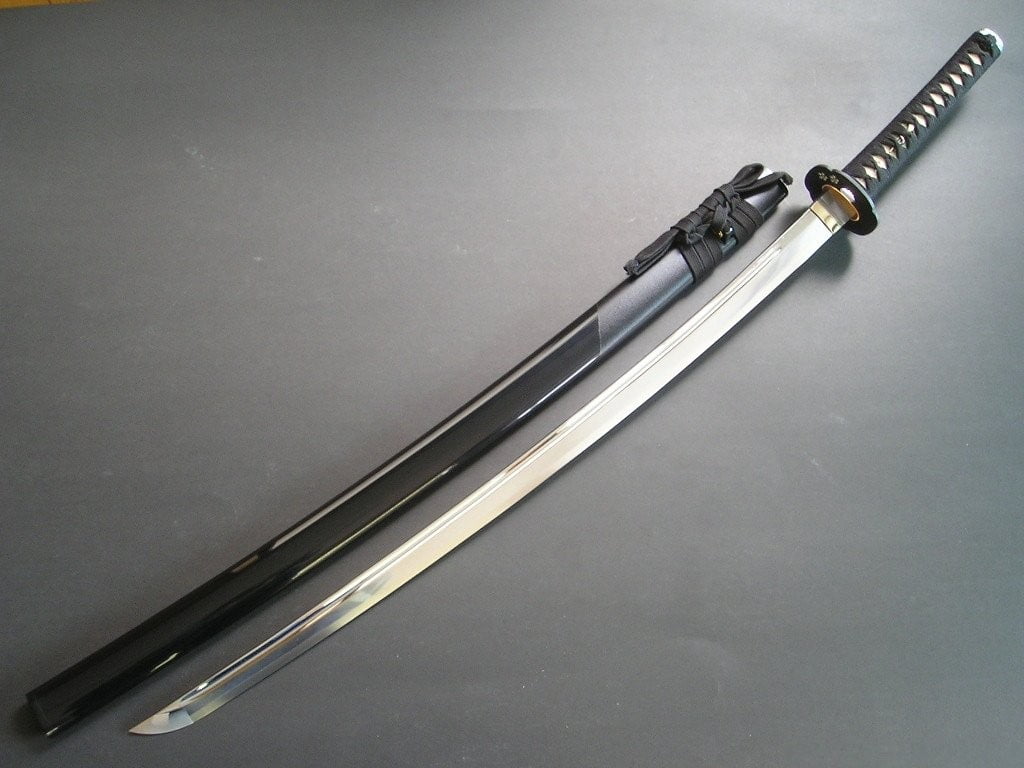From Forge to Field – The Evolution of the Katana’s Deadly Prowess
The katana, a weapon synonymous with the samurai, has a rich and storied history that traces its evolution from a simple piece of forged steel to a deadly instrument of martial prowess. The origins of the katana can be traced back to ancient Japan, where skilled swordsmiths meticulously crafted these blades using a technique known as tamahagane. This method involved smelting iron sand to create a high-carbon steel known for its exceptional strength and sharpness. The meticulous forging process, which included folding the steel multiple times, imparted a unique grain pattern to the blade, enhancing its resilience and cutting ability. As the samurai class emerged and warfare became a way of life in feudal Japan, the katana underwent significant changes to meet the demands of the battlefield. The traditional straight blades evolved into the iconic curved shape we recognize today, allowing for more effective slicing and cutting motions in combat.

The curvature also enhanced the blade’s overall versatility, making it suitable for both cutting through armor and executing precise, controlled strikes. The katana’s deadly prowess was not solely dependent on its physical characteristics but also on the warrior’s mastery of the art of Iaido, the quick draw and strike technique. Samurai were trained to swiftly unsheath their katana, delivering a precise and lethal blow in a single, fluid motion. This combination of a finely crafted blade and the mastery of Iaido made the katana a fearsome weapon on the battlefield, where split-second decisions could mean the difference between life and death. Throughout Japanese history, the katana became more than just a weapon; it embodied the samurai’s code of honor, discipline, and spiritual connection. The smiths who crafted these blades were revered, their creations often considered works of art as much as lethal tools.
The katana sword became a symbol of the samurai’s identity, an extension of their soul, and was even believed by some to possess a spiritual essence. In the modern era, the katana has transcended its historical roots and become a symbol of Japanese culture and craftsmanship. While its role on the battlefield has diminished, the katana’s legacy endures through martial arts, movies, and the fascination of enthusiasts worldwide. Contemporary artisans continue to adhere to traditional forging techniques, paying homage to the centuries-old craftsmanship that gave birth to this iconic weapon. In conclusion, the evolution of the katana from forge to field is a testament to the ingenuity and skill of Japanese swordsmiths. From its humble beginnings as a utilitarian tool to its transformation into a symbol of martial prowess and cultural identity, the katana’s journey is a fascinating exploration of craftsmanship, tradition, and the indomitable spirit of the samurai.